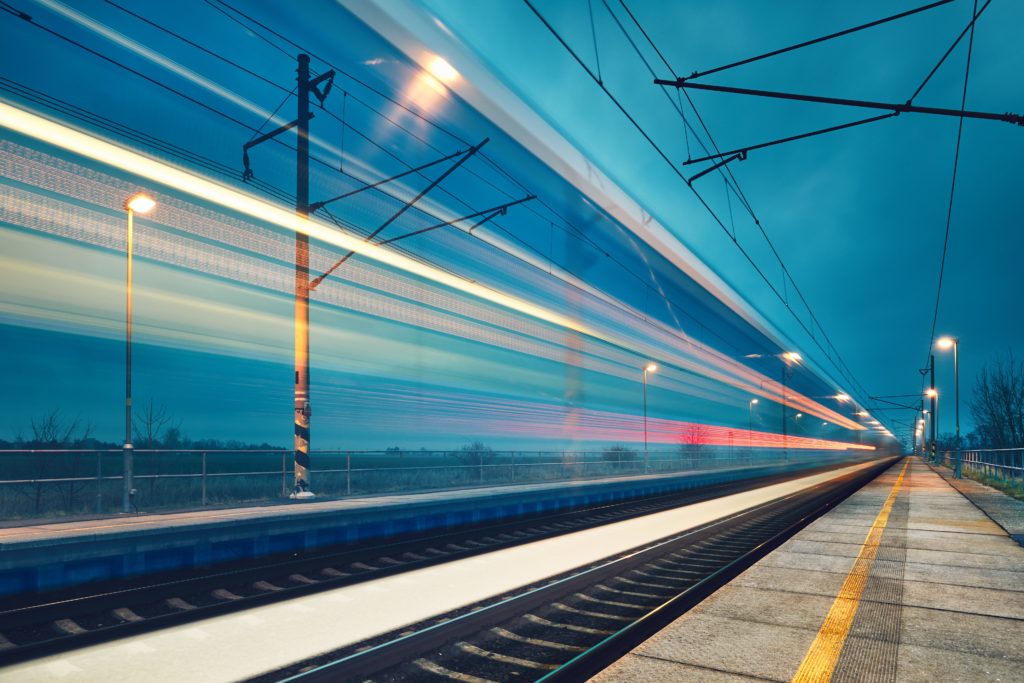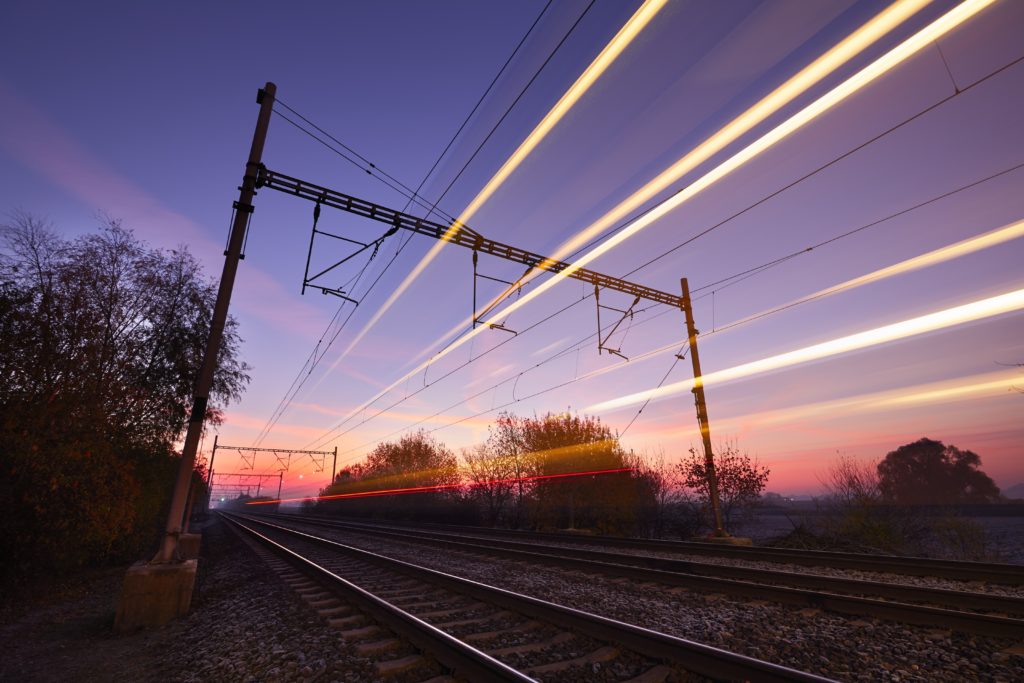Apr 25, 2019

Access to rail lines is a major factor in economic development. In recent decades, the rail industry has evolved to become a powerful driver of economic growth due to expansion and ongoing investment in infrastructure. The U.S. freight rail network is a $60 billion industry that provides 221,000 jobs. The rail network consists of over 140,000 miles of rail lines. Unlike highways, rail lines are primarily privately held enterprises. Which means that maintenance is handled by the private railroads. America’s freight railroads have invested $575 billion in their networks since 1980.
According to the U.S. Department of Transportation Federal Railroad Administration, there are seven Class I railroads, 21 regional railroads, and 510 local railroads operating across the nation. Railroad class is determined based on the distance served and earnings.
- Class I railroads are major rail companies with operating revenue of $433.2 million or more. They own and operate the majority of rail lines in the country.
- Class II railroads are often referred to as long-haul or regional railroads.
- Class III railroads include short line railroads and switching and terminal railroads.
Short lines and regional railroads serve as an important connection to Class I railroads, helping businesses and farmers to move goods. These smaller rail lines are essential for completing the “first and last mile” services that the major railways don’t cover, providing critical infrastructure for economic development in the Detroit Aerotropolis Region.
“Transportation infrastructure is always a major factor in site selection for our prospects,” explains Marco Salomone, Interim Executive Director of the Detroit Region Aerotropolis Development Corporation. “People often focus on the roads in Michigan but having an effective and efficient infrastructure of rail lines is of equal importance.”
An Overview of Michigan’s Rail Infrastructure

Michigan’s rail system has approximately 3,600 miles of track, the majority of which is owned and operated by 26 private railroad companies. The Michigan Department of Transportation owns and operates only 665 miles of track. Railroad companies invest more than $200 million annually to preserve Michigan’s rail infrastructure.
The freight rail infrastructure in Michigan provides about 21 percent of the total freight moves within the state. The remainder is handled through trucking (65 percent), water (14 percent), and air (<1 percent). While highways continue to be the most commonly used method to transport freight, the demand for rail as a mode of transportation is expected to increase by nearly 50 percent by 2030.
Each year, over $194 billion in commodities are moved via Michigan’s rail system. The highest volume commodities are coal, transportation equipment, and agricultural products. Rail is an especially cost-effective alternative for heavy and bulky materials and is commonly the preferred transport method for hazardous materials.
Three Ways Rail Lines Support Michigan’s Economy

State leaders are committed to their vision to reinvent Michigan to become a center of international trade, as outlined in the Michigan’s State Freight Plan. This requires developing an infrastructure that will meet the modern day demands of a globalized economy. While more work is needed, Michigan already has a strong infrastructure of rail lines that support economic growth in the Detroit Aerotropolis Region and statewide.
Here are three ways rail transportation boosts Michigan’s economy:
- Rail lines support the automotive industry. Rail lines are used to transport large parts to factories, as well as moving the finished product. In 2017, U.S. Class I railroads moved 1.8 million carloads of motor vehicles and parts. Each year, freight rail moves nearly 75% of the new cars and light trucks across the country.
- Rail lines support trade with Canada. The United States and Canada conduct the world’s largest bilateral trade relationship. Michigan continues to be the leading state trading with Canada, exporting $24.9 billion in goods to Canada in 2017, representing 42 percent of the state’s total goods exports. There are major rail lines crossing the international border at Port Huron-Sarnia and Detroit-Windsor.
- Rail lines divert traffic from overcrowded roads. Congestion is heavy on roads in Michigan and across the nation. When trucks are delayed in traffic, it can lead to reduced productivity, increased operational costs, and decreased fuel efficiency. In 2015, delays on Michigan’s highway system were estimated to cost the trucking industry more than $576 million. Railroads help reduce traffic on highways and they save taxpayer dollars on maintaining roads, since the majority of rail lines are privately owned and operated.
As an added bonus, railroads are fuel efficient and better for the environment. On average, railroads are four times more fuel efficient than trucks and can reduce greenhouse gas emissions.
Properties with Access to Rail Lines are a Huge Asset in the Aerotropolis

Access to rail lines is one of the many advantages for businesses and site developers seeking to locate or expand in the Detroit Aerotropolis Region. The Aerotropolis is served by five Class I rail lines, as well as multiple short line railroads.
“We work with many prospects who are interested in accessing the region’s network of rail lines,” explains Salomone. “One of the biggest challenges for businesses is to find a property with an existing rail spur that allows them to load and unload rail cars without interfering with the operations of the railroad.”
There are currently nine vacant land properties in the Aerotropolis region that are adjacent to a Class I rail line. In addition, there are eight existing buildings available for lease with access to a rail spur.
“We see rail spurs as a huge opportunity for developers who want to build properties on spec in our region,” says Salomone. “We receive lots of inquiries from businesses who are looking for sites with a rail spur, so the demand is definitely there.”


